This book is about the history of the Ogaden region. Since its forced incorporation into Ethiopia, the region has been a zone of conflict. The war between the Ethiopian occupiers and the resistance forces of the Somalis began with the first Ethiopian incursions. It intensified after the completion of the occupation and still persists despite intermittent periods of respite. Because of the inhabitants’ rejection of the annexation, the oppressive policies that successive Ethiopian regimes pursued to maintain the occupation and the ensuing resistance to both the occupation and the subsequent violations of human rights, the region has not seen real peace since the occupation began.
The protracted war and persistent repression have made normal life unattainable there, and instead, hunger, refugee crises and human rights abuses have become the norm. The inhabitants are constantly being displaced. Over a million people fled to neighbouring countries during the 1970s and 1980s. Despite the long suffering of the inhabitants of the Ogaden region, the victims did not receive the attention that was due from the international community.
This history work consists of two parts. The first part begins with the root causes of the conflict and highlights the different stages of the struggle and its impacts. It ends with a discussion of the case for self-determination and the prospects for a resolution to the conflict. The second part picks up the history from where the first part ended, casting light on the political and humanitarian consequences of the conflict for the region’s inhabitants and for the wider Horn region. It concludes with a prediction about future resolution scenarios.
The Ogaden issue is crucial to the Horn of Africa. Because of the wider impacts that the conflict is having on this part of the African continent, a resolution to the Ogaden conflict would not only lead to the alleviation of the suffering of the inhabitants of the Ogaden region but also make that part of the world a better place to live in.
Despite the superpowers’ involvement in the conflict and its devastating consequences, serious attempts have not been made to resolve it. Ethiopia’s voice has always been louder than that of the Ogaden region, and as a result, the issue has been misrepresented in international arenas. As a foundation for the study of the Somali Ogaden region, this history work aims to shed light on the main issues affecting the conflict, in order to contribute to a better understanding of the problem and, hopefully, to the resolution of the conflict.

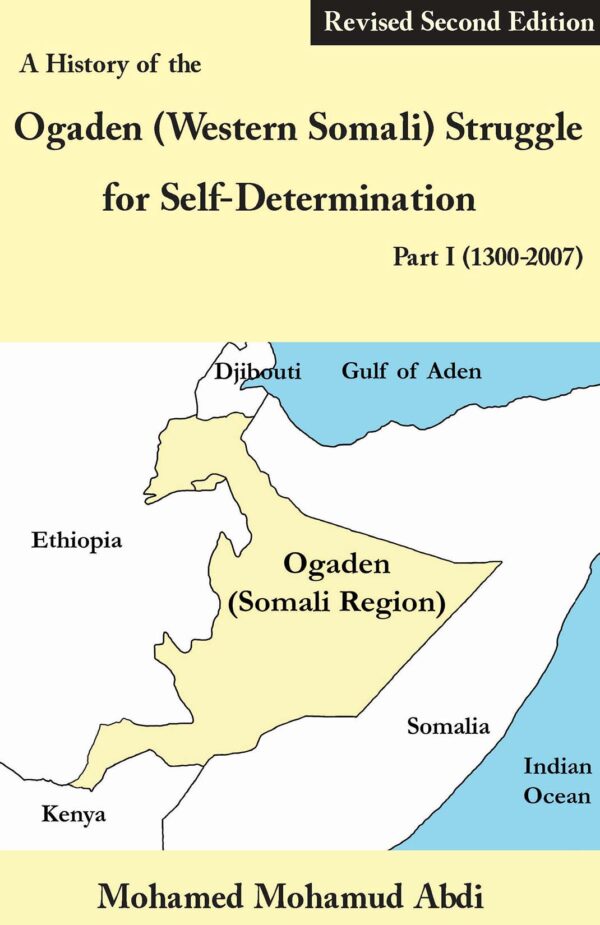
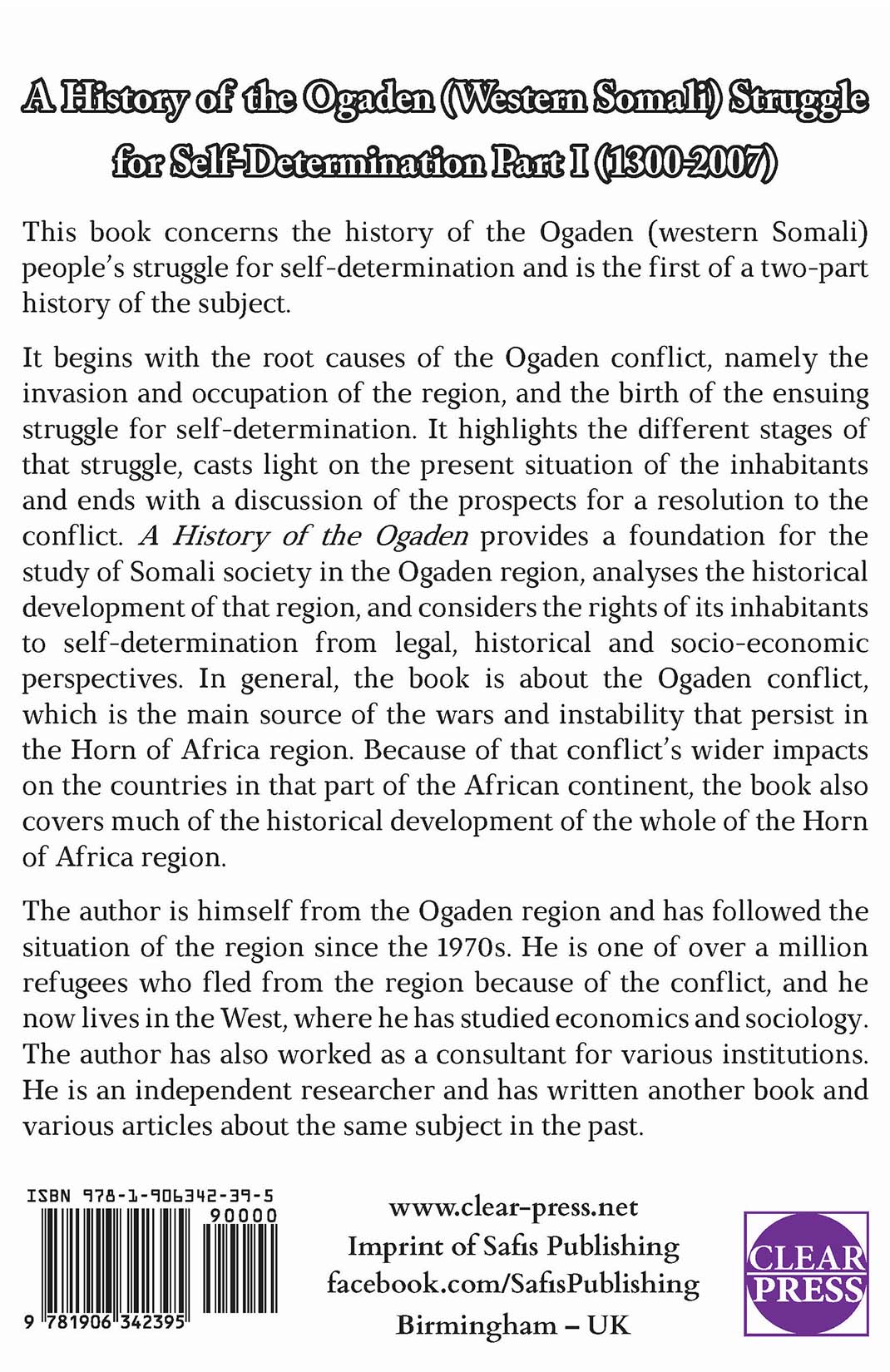
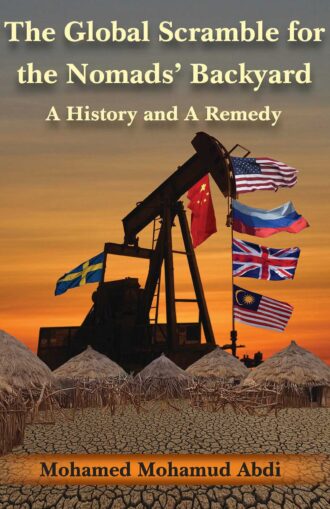

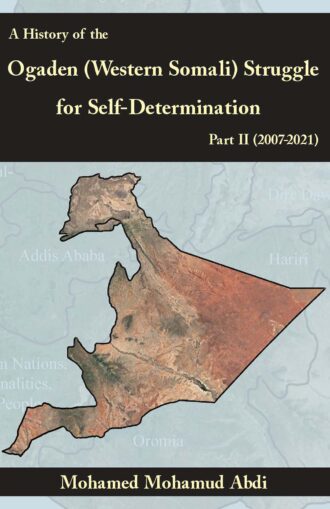
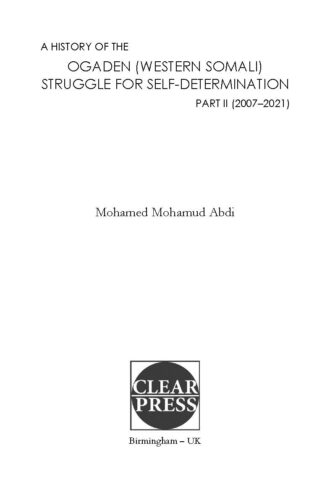
Reviews
There are no reviews yet.